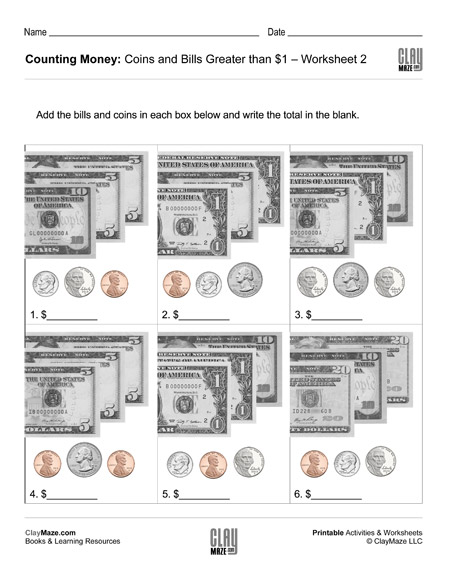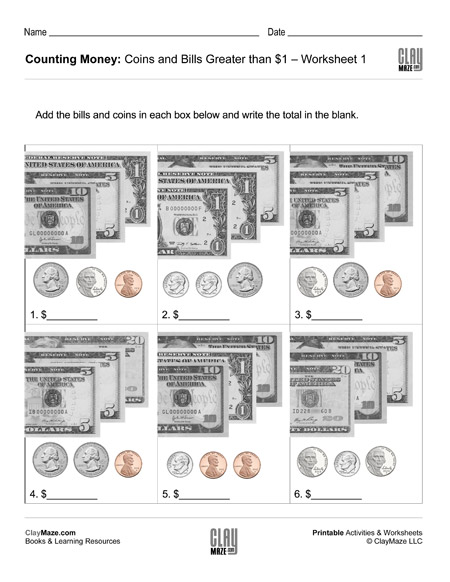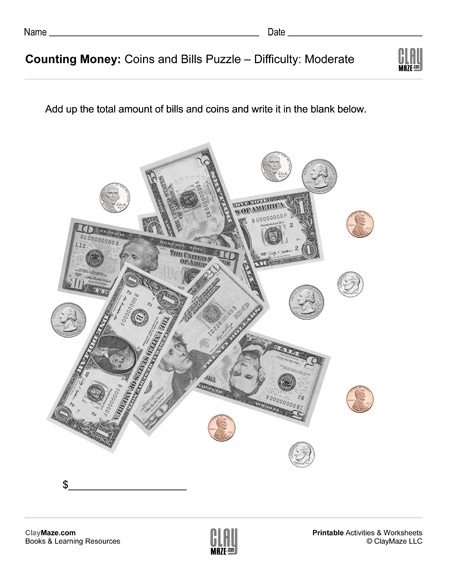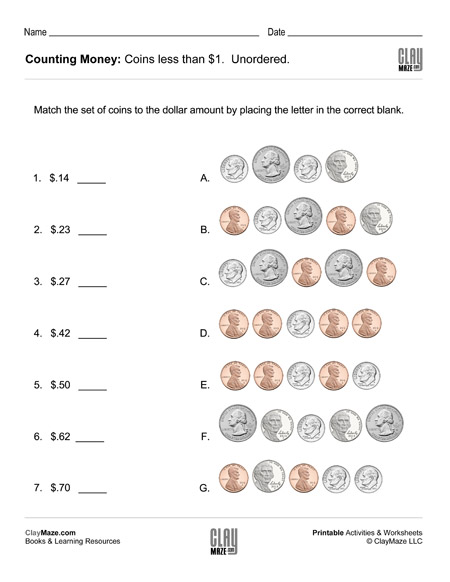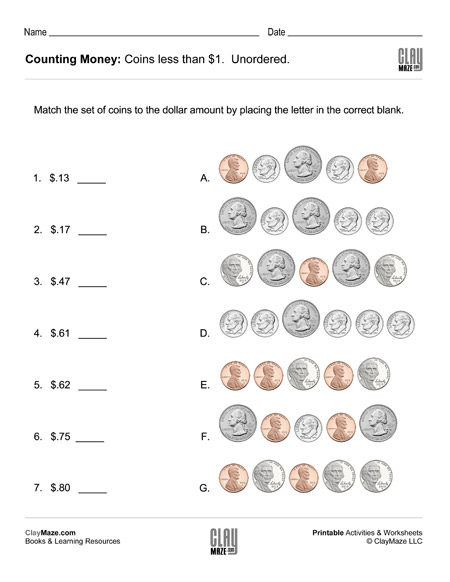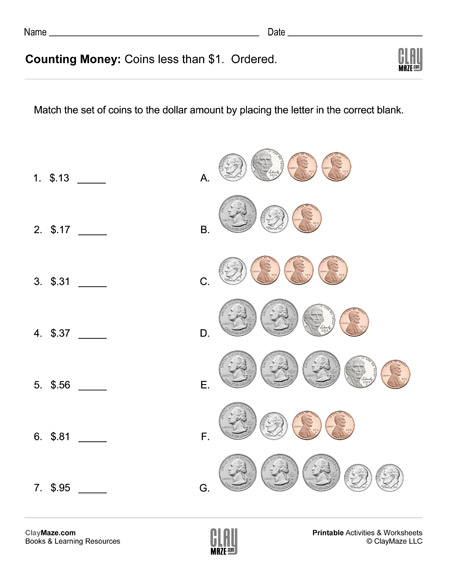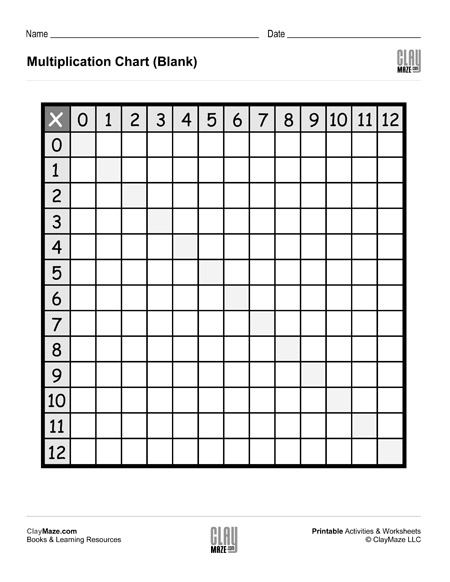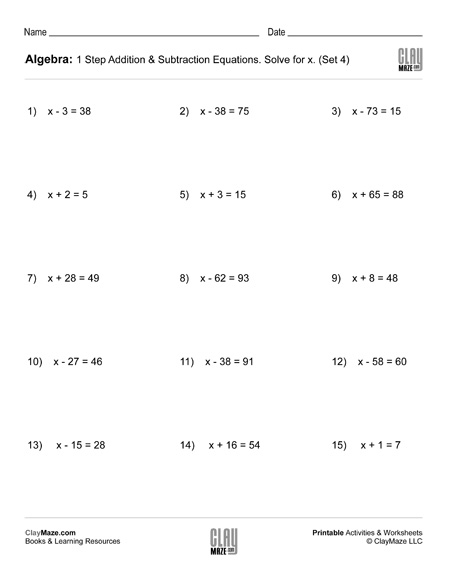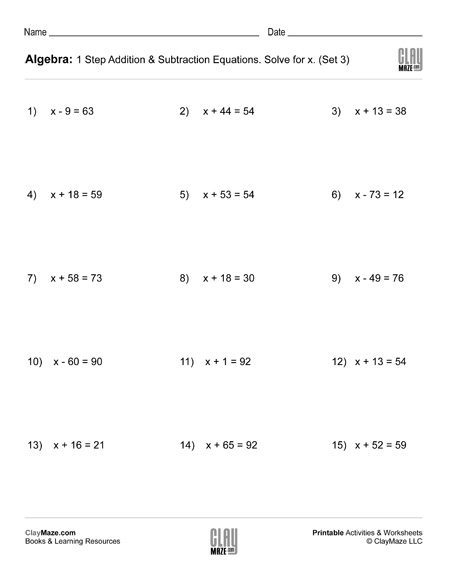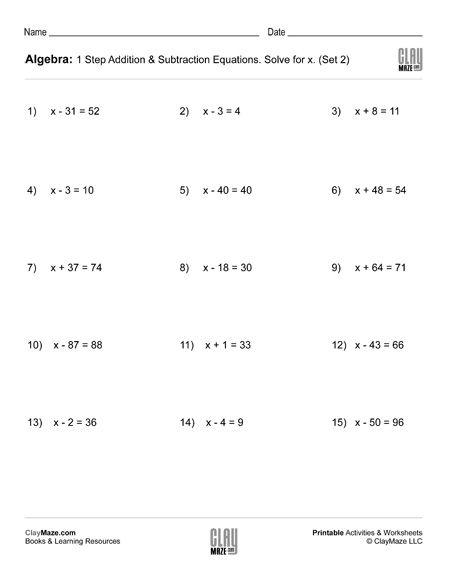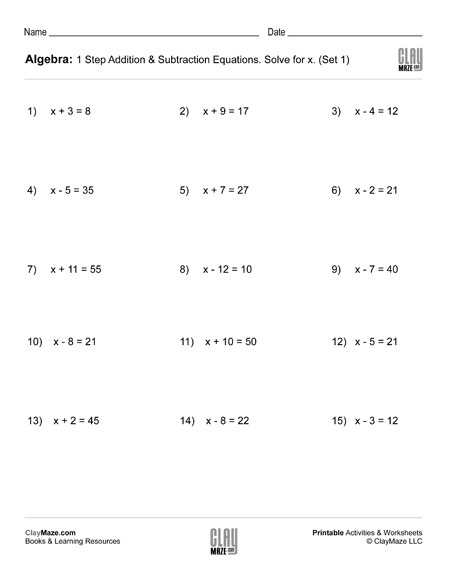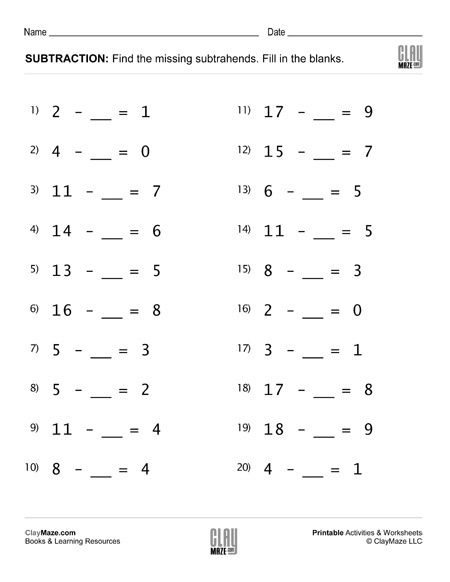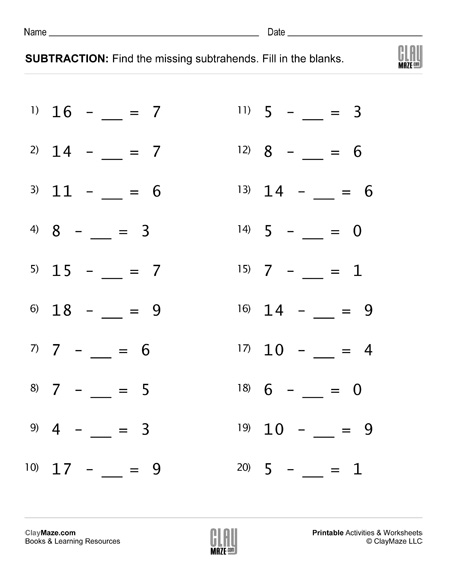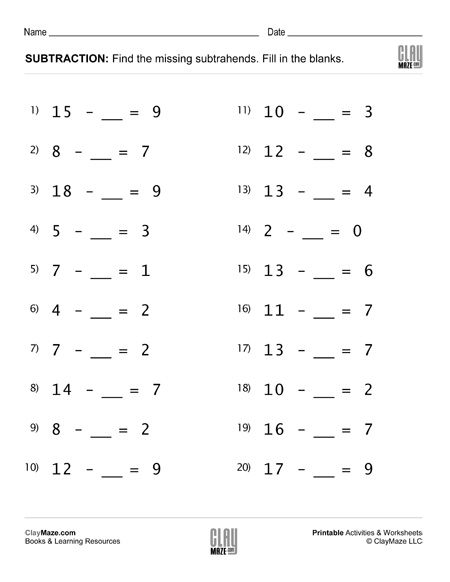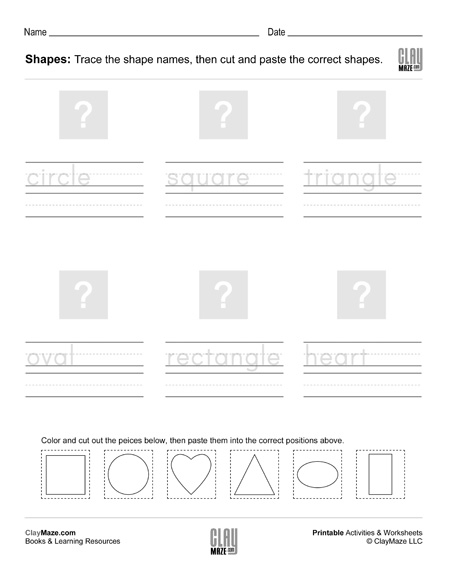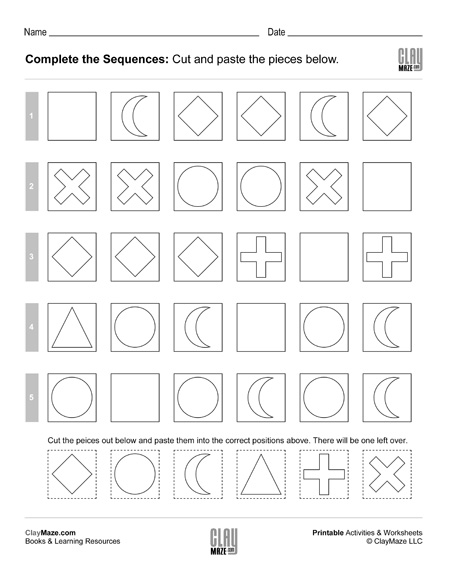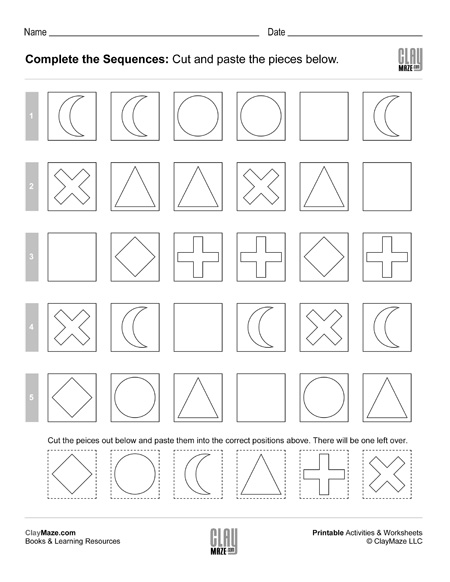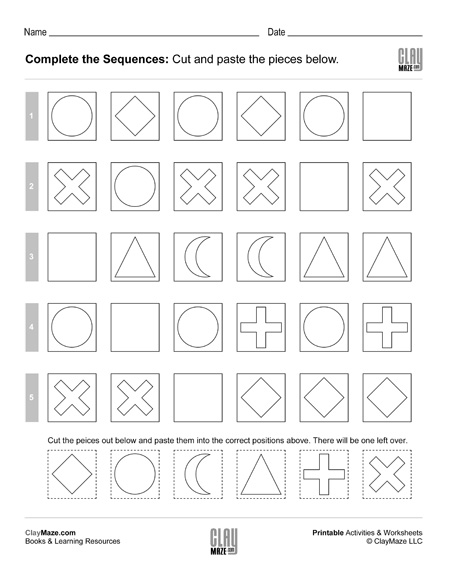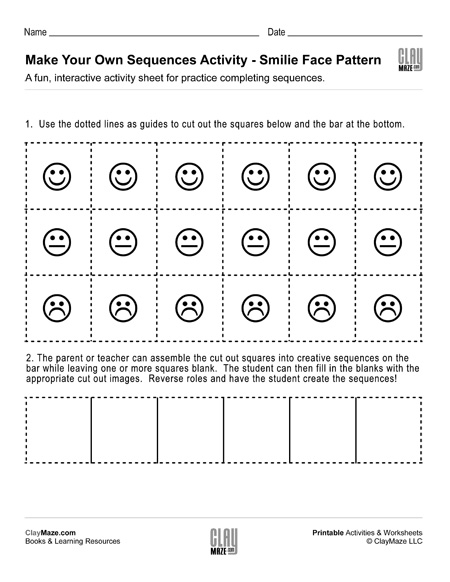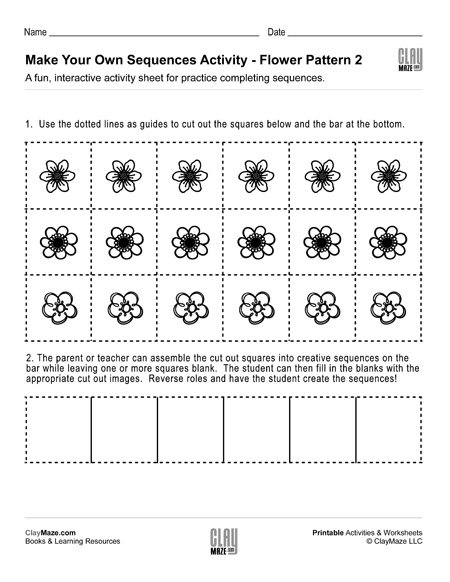This free downloadable worksheet features currency U.S. Currency counting problems with a combination of bills and coins adding up to more than $1. This is the 2nd of 2 similar lessons.
Counting Money: Coins and Bills Greater than One Dollar – 1
This printable worksheet features currency U.S. Currency counting problems with a combination of bills and coins adding up to more than $1. This is the 1st of 2 similar lessons.
Counting Money: Coins and Bills Puzzle, Difficulty Moderate
This printable worksheet covers counting money but with a fun twist. Children are presented with a pile of bills and coins to count rather than having individual questions. It is the less challenging of the two worksheets in this set.
Counting Money: Coins and Bills Puzzle, Difficulty Challenging
This printable worksheet is a fun exercise that prompts children to count all of the coins and bills in one big pile of money rather than individual problems. It is the more challenging of the two worksheets in this set.
Counting Money with Coins under $1 – Unordered Set2
This printable worksheet covers counting coins with total amounts less than $1. It is the second set of unordered coins – coins placed randomly to make counting a bit more challenging.
Counting Money with Coins under $1 – Unordered Set1
This worksheet features Quarters, Dimes, Nickels and Pennies placed randomly (unordered) which is a little more challenging than our ordered sets. All coin amounts in this set add up to less than 1 dollar.
Counting Money with Coins under $1 – Ordered Set2
This worksheet focuses on money counting practice for coins. The amounts add up to less than 1 dollar and the coins are ordered higher value to lower value and are less challenging for younger learners.
Counting Money with Coins under $1 – Ordered Set1
The coins in this worksheet are ordered from highest to lowest value and include quarters, dimes, nickels and pennies. Match each set of coins to the correct amount. The total values are under 1 dollar.
The Impact of Summer Breaks on Children’s Learning
As the school year winds down and summer approaches, many families look forward to a break from the routines of homework and early mornings. However, amidst the joy of vacation and relaxation, there lies a significant concern: the potential impact of long breaks on children’s academic progress. Known as the “summer slide,” research has shown that extended periods away from …
The Importance of STEM Education in Early Learning
In today’s rapidly advancing world, STEM education – Science, Technology, Engineering, and Mathematics – stands as a crucial cornerstone in shaping the future readiness of our children. But beyond its acronym, what makes STEM education so essential for the early development of young minds? STEM education goes far beyond memorizing scientific facts or solving equations. It’s about cultivating critical skills …
The Power of Divisibility Rules: A Key to Mastering Fractions
Divisibility rules, the mathematical shortcuts that determine if one number can be evenly divided by another, are more than just time-savers. They are the gateway to understanding fractions, a fundamental concept that students encounter from elementary school through high school and beyond. Understanding divisibility rules is like having a secret decoder ring for numbers. It empowers students to quickly and …
Why pattern recognition is so important to early childhood learning.
1. Enhanced Mathematical Thinking: Why it Matters: Recognizing patterns is like deciphering a secret code in mathematics. It lays the groundwork for understanding number relationships, arithmetic operations, and algebraic concepts. Real Life Parallel: Just as deciphering patterns helps crack mathematical problems, understanding patterns in everyday life (like sequences in music or nature) enhances overall numerical fluency. 2. Improved Problem-Solving Skills: …
How to keep your child focused during workbook activities.
Section 1: Younger Children (Up to Age 10) Structured Workbook Sessions: Create a consistent routine for workbook sessions, with designated times for focused work and breaks. Break down workbook tasks into smaller, manageable chunks to prevent overwhelm and maintain interest. Why it’s helpful: Establishing a predictable schedule helps children know what to expect, reducing anxiety and increasing their ability to …
Blank Multiplication Table
Free multiplication table – Students fill in the multiplication chart for practice to help with memorizing the multiplication facts. Click here for completed, filled in multiplication table.
Algebra: 1 Step Addition & Subtraction Equations (Set 4)
Free algebra worksheet – 1 step addition and subtraction equations. – 15 problems per page – solutions included
Algebra: 1 Step Addition & Subtraction Equations (Set 3)
Intro algebra worksheet: Find the value of x for the problems listed. – 1 step addition and subtraction equations. – with solutions
Algebra: 1 Step Addition & Subtraction Equations (Set 2)
Algebra introduction worksheet. 1 step addition and subtraction equations. – 15 problems with solutions
Algebra: 1 Step Addition & Subtraction Equations (Set 1)
This worksheet contains problems that act as an introduction to algebra. The problems are 1 step addition and subtraction equations that ask the student to solve for x. – solutions included
Subtraction Worksheet – Fill in the Blanks Subtraction Facts (Set 4)
Subtraction worksheet. Fill in the blanks with the correct subtrahends. Solutions are on page 2 of the pdf. Does your child need a little more Subtraction and Addition Practice? Try our workbook, Learn the Addition and Subtraction Facts
Subtraction Worksheet – Fill in the Blanks Subtraction Facts (Set 3)
Worksheet for practice with subtraction facts. Fill in the blanks. Solutions included.
Subtraction Worksheet – Fill in the Blanks Subtraction Facts (Set 2)
Fill in the blank subtraction worksheet. 20 problems. – with solutions
Subtraction Worksheet – Fill in the Blanks Subtraction Facts (Set 1)
Subtraction practice worksheet. Fill in the blanks – Find the missing subtrahend. Solutions included in download.
Trace and Write the Shape Names & Cut and Paste the Matching Shapes
Read and trace the shape names and write them in the blanks. Then cut out the shapes at the bottom of the page and paste them above the correct shape names.
Complete the Sequences Worksheet Activity – Set 4
Complete the sequences. Cut out the shapes and paste them into the correct position in the sequences.
Complete the Sequences Worksheet Activity – Set 3
Cut and paste the shapes at the bottom of the page to complete the sequences.
Complete the Sequences Worksheet Activity – Set 2
Complete the sequences by cutting out the pieces and pasting them into the correct position.
Complete the Sequences Worksheet Activity – Set 1
Cut out the shapes and paste them into the correct position in the sequences.
Make Your Own Sequences Activity – Smilie Face Pattern
Completing Sequences is a great way to develop pattern recognition skills in a child, but this activity adds another layer of interactivity for the student. Follow the directions on the page to have the child cut out all of the shape components from the top and then cut out the full bar on the bottom. You can then assemble partial …
Make Your Own Sequences Activity – Flower Pattern 2
Pattern recognition and sequences play a big role in children’s learning. This particular activity is a little more interactive and allows children to not only decode and complete the missing sequences but participate in their design. The child can cut out all of the sequence shapes and the bar at the bottom and then the parent or teacher can create …

